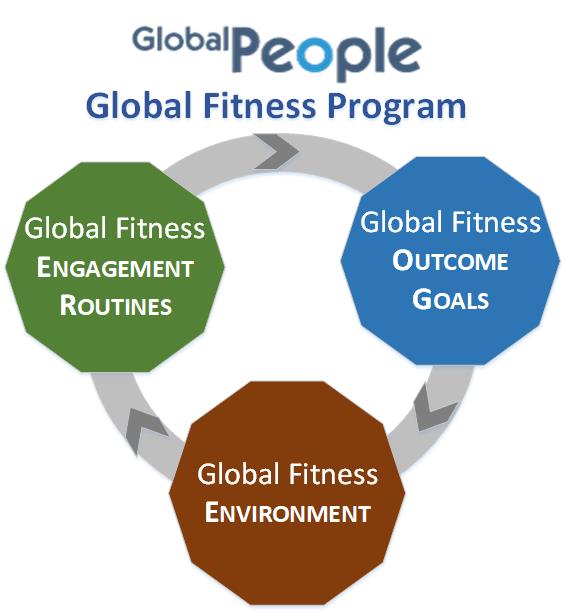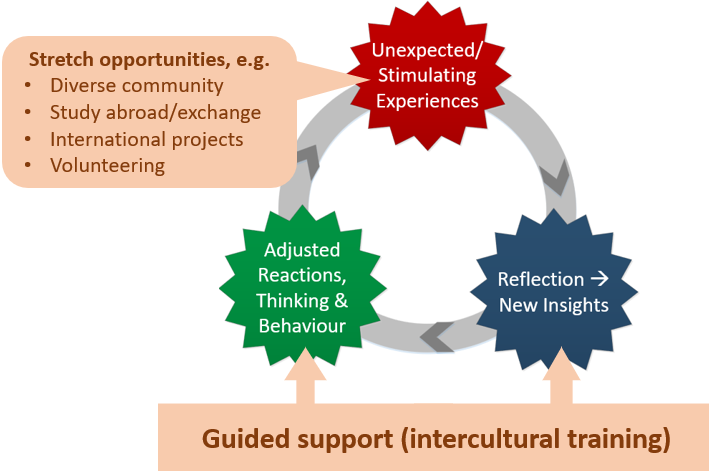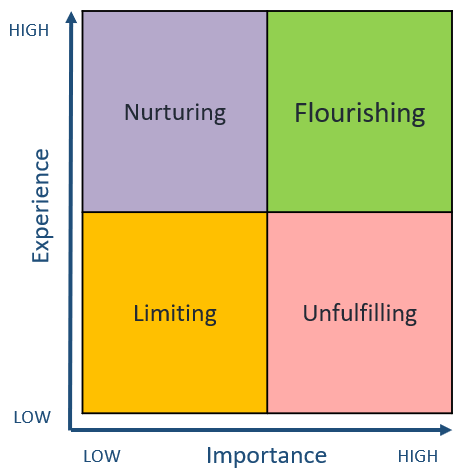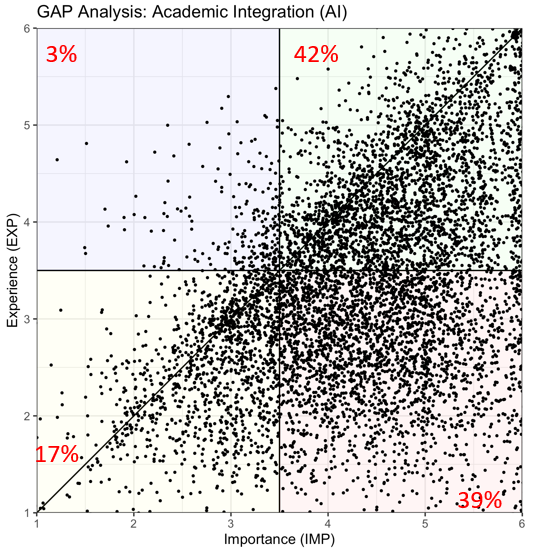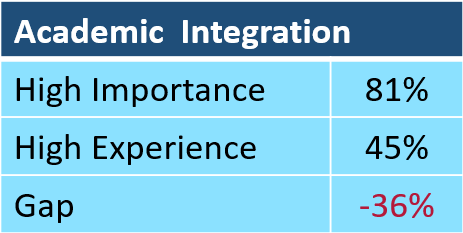Webinars
Overview
Webinars on Global Fitness for Work
#1: What is Global Fitness and Why is it important
This 13-minute webinar explains what Global Fitness (intercultural competence) is and why it is needed for effective functioning in today's VUCA (volatile, uncertain, complex, ambiguous) world. It uses concrete examples from an international project to illustrate the points.
#2: Global Fitness: Nurturing Responsibilities
This 11-minute webinar argues that interest in Global Fitness (intercultural competence) should not just be focused on skills and attributes - the target outcomes of Global Fitness. It is equally important (if not more so) to understand the process of development/nurturing Global Fitness. This webinar explains the complementary responsibilities of organisations (senior management) and individual employees for nurturing the Global Fitness of all concerned.
#3: Global Fitness: Assessment and Strategic Planning
This 12-minute webinar considers the strategic planning side of assessing Global Fitness (intercultural competence). It argues that while many managers may want to know how interculturally competent their employees are, in fact it's very important also to consider the other facets of the Global Fitness Strength Cycle. This will offer leaders more valuable data for strategic planning purposes. Two tools for this are introduced: the Global Professionals Profiler and the Global Mobility Profiler (Expatriate version).
Institute of Internal Communication: Culture and Communication
In this webinar, organised by the Institute of Internal Communication, Dr Domna Lazidou talks with Prof Helen Spencer-Oatey about the interconnections between language, culture and communication, and what it means for current workplaces, especially in the VUCA (volatile, uncertain, complex, ambiguous) context we currently face.
Webinars on Internationalisation of Higher Education
#1: Internationalisation in Higher Education: Understanding the process
This 11-minute webinar offers an introduction to the internationalisation of higher education. It considers how internationalisation is monitored at present at different levels (e.g. national, institutional), and then focuses on the interpersonal/interactional level. It explains how 'global fitness' can be fostered and the GlobalPeople Profiler tools available for probing this.
#2: Internationalisation in Higher Education: Checking progress
This 13-minute webinar examines the GlobalPeople Profiler tools for the higher education sector, the Global Education Profiler (GEP) and the Global Mobility Profiler (GMP), going into more detail than in the first webinar. It explains the principles underlying the design of the constructs, the methods used for measuring them, and who the intended audiences are for each of them. It then describes how the results are presented, including the matrix on which they can be displayed.
#3: Internationalisation in Higher Education: Academic integration
This 11-minute webinar follows up on the earlier ones in this series by focusing on integration. It starts by explaining why integration is so important and how it has been included in the Global Education Profiler and the Global Mobility Profiler, both student and staff versions. Then some findings on academic integration are presented and and this is followed by an explanation of the ways in which a GlobalPeople profiler dataset can be analysed for strategic planning purposes.
#4: Internationalisation in Higher Education: Classroom diversity
This 12-minute webinar, after initially asking the audience to reflect on their own views on classroom diversity issues, presents the viewpoints held by a cohort of students (home, EEA and Asian) who completed the Global Education Profiler (GEP). Next, a more detailed exploration of the data is provided, illustrating the additional insights that can be gained by analysing a GEP dataset in different ways, such as by item and by open comments. Finally, the webinar considers how these insights can then be used for strategic planning purposes and points listeners to ways in which they can follow up to learn more.
The Three Key Facets of the
Global Fitness Strength Cycle
Organisational Responsibilities for Promoting Global Fitness
One of the matrices for presenting GlobalPeople profiler results
Scatterplot of Student Responses to Academic Integration questions on the Global Education Profiler
(Sample from a range of universities)
Key figures from the scatterplot above on Academic Integration, showing how large a gap there is between the importance that students attach to academic integration and their perceptions of actual experience.
